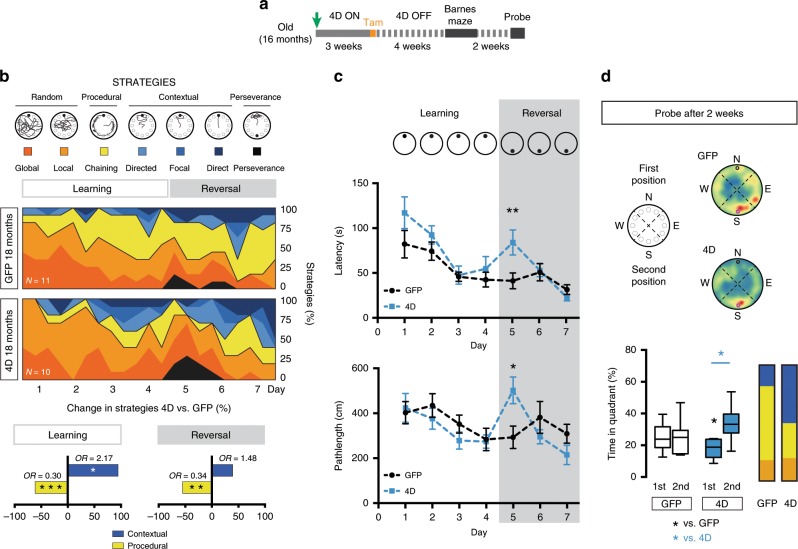Fig. 3. An acute increase in neurogenesis rejuvenates navigational strategies and spatial memory.
a Experimental layout to assess the effects of acute increase in neurogenesis on navigational strategies in old mice. b Drawings exemplifying colour-coded searching tracks (top) and their mean relative contribution during 7 days of testing of GFP or 4D mice (as indicated) including learning and reversal phases (middle). Changes and odds ratios (OR) in contextual (blue) vs. procedural (yellow) strategies of 4D-treated relative to control, old mice are depicted by grouping together all trials of the two phases (bottom). c Latency (s; top) and pathlength (cm; bottom) of 4D-treated (blue) and control (black) mice performing the test shown in b. Note the increase in both parameters in 4D mice only the first day after reversal (day 5). d Schematic representation, heatmaps (top) and box–whisker plots quantifications (bottom) displaying quadrant preference of mice 2 weeks after the testing shown in b. Note the increased preference of 4D mice for the 2nd position of the escape box relative to both the 1st position (paired t test, blue *p = 0.010) and control mice (unpaired t test, black *p = 0.030) and the increased use of contextual vs. procedural navigation (colour coded as in b; bar graph, right). N = 11 and 10 (as indicated); values represent means of each day depicted as percentage (b and d) or numerical units (c). Bars in c SEM. *p < 0.05; **p < 0.01; ***p < 0.001 assessed by Wald-test (b) and paired or unpaired Student’s t test (for intra or inter-group comparisons, respectively; c and d).

